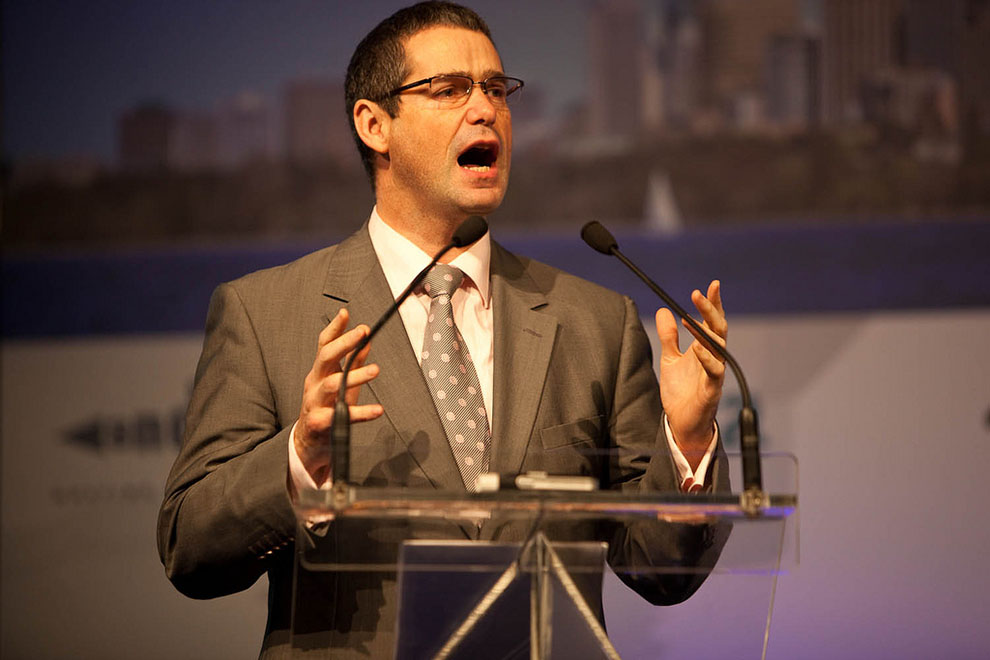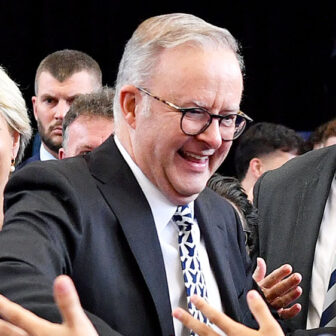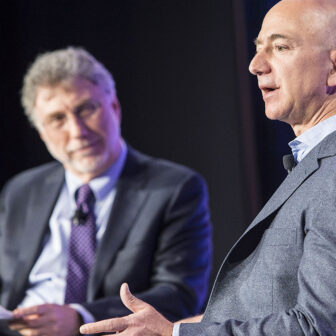Many of us who wonder about the future of media tend to look to the United States for indications of the path ahead. I recently heard news.com.au editor David Higgins, for instance, say that developments in the Australian media are about two to three years behind those across the Pacific.
Perhaps, but the trajectory will not be identical. At least so far as journalism is concerned, Australia ticks differently to the United States, not least because our election cycle is less drawn out than theirs. And the Australian tradition of publicly funded broadcasting – via the ABC and SBS – is another important difference.
The ABC and, to a lesser extent, SBS represent collections of content makers already in the pay of the audience/taxpayer. Unlike commercial broadcasters, whose business model relies on selling the attention of mass audiences to advertisers, public broadcasters can embrace the fact that their audiences are fragmenting. Just as importantly, the fact that they are already in the pay of the audience means that it’s a smaller step to set about fostering more intense interaction, giving up some control and becoming less of an institution and more of a “space” in which Australians can meet and collaborate.
So much for potential. The ABC and SBS are about to pitch their triennial funding submissions to a preoccupied government. At the next federal budget, we will find out whether that politically nimble man, ABC managing director Mark Scott, has said and done enough to get the funding he needs. Meanwhile, SBS seems unsure what it is actually for these days, as recent controversy attests.
This is the context in which the elusive communications minister, Stephen Conroy, this week announced a review of the role of public broadcasters, and invited public submissions. The review has been coming for months; I broke the story in Crikey back in June. What’s been happening since then? Apparently the whole thing got caught up in Kevin Rudd’s office. The charitable view of Stephen Conroy’s silence on so many matters (his refusal to be interviewed has become a running gag on the ABC Radio National’s Media Report) is that there is a great deal of his work caught in the same snag.
The blockage seems to have cleared. In the same week he announced the public broadcasting review, Senator Conroy also revealed a new board appointment process for the ABC and SBS and more detail on the timetable for switching off the analogue television signal.
So what will the public broadcasting review achieve, and what will it be about? It’s a shame that its scope is so narrow. After all the mucking about, false starts and craven decisions of the last eighteen years, surely now would be a good time for a white paper on media policy, and public broadcasting in particular. After all, Labor failed to release a media policy before the last election. It would be nice if the government found a policy, rather than being so obviously driven by the agenda of the same public servants who advised the last government. I gather that such an exercise was suggested, but rejected long before the present review was agreed to. A pity.
At a superficial level the discussion paper issued to kickstart the public consultation process is a rather bland document. ABC Managing Director Mark Scott should be happy with it, since it closely mirrors the issues he raised at the 2020 Summit. But there is plenty of fuel for controversy.
Up for grabs is a rewrite of the charters of the public broadcasters, which is well overdue. After all, in what sense are they “broadcasters” when much of what they are already doing is about online, and about niche audiences? Also up for discussion are the proposed new ABC channels, including the dedicated children’s channel and a new ABC 4, devoted to politics and public affairs.
None of this is new, but there are a couple of matters in the discussion paper that seem to have been given significance merely by being included.
First, there is the proposal that the “back office” functions of SBS and ABC – mainly the management and purchase of transmission services – be combined. At first sight this seems uncontroversial. The transmission requirements of SBS and ABC were, after all, once handled by a single government body, before it was privatised and sold off to Broadcast Australia, owned by the Macquarie Bank.
But if this comes off there will be feathers flying behind the scenes as SBS and ABC learn more about the way the Macquarie Bank has played them off against each other in negotiating the long term contracts that are Broadcast Australia’s main business. Who has cut the best deal, and how transparent are those deals? There will be surprises in store, but we are unlikely ever to find out the details.
Of more interest to the average viewer will be the suggestion – less explicit in the discussion paper – that other back office functions might be amalgamated, such as legal services and distribution. What qualifies as a back office function? Where will the lines be drawn? And, if it fails to find a new direction and definition, will SBS be able to justify its continued separate existence ten years from now?
But on to content, and in particular Australian content. The discussion paper revives a notion that many thought had been killed off: that commercial free-to-air broadcasters, struggling with the erosion of their business models, should be allowed to escape from their obligations to screen Australian content by “buying out” their quotas.
In other words, Channel Nine or Channel Ten might give the ABC or SBS money to take on the their Australian content obligations. The idea was first raised by the Australian Communications and Media Authority in the issues paper for its review of the Children’s Television Standard. Nobody supported it. Nevertheless, I suspect the fact that it has been raised again in the context of this discussion paper means that someone with the ear of government wants to see it pursued.
Also floated in the discussion paper is the idea that the government might introduce “contestable funding” for public interest content. In other words, the government might effectively put content commissions out to tender. This would be done, the discussion paper suggests, particularly for training and educational material. Media organisations would tender for the contract to produce and air the material. Public broadcasters would be in the race, but in the new media world, I see no reason why relatively small organisations or freelance content makers might not also be able to contest such tenders, delivering content online.
So, there are lots of things up for grabs in this exercise, even given the government’s failure to conduct the sort of broad, white paper exercise that media policy so desperately needs. Submissions are due by 12 December. All the information you might need is here.
Sharpen your pencils. •




